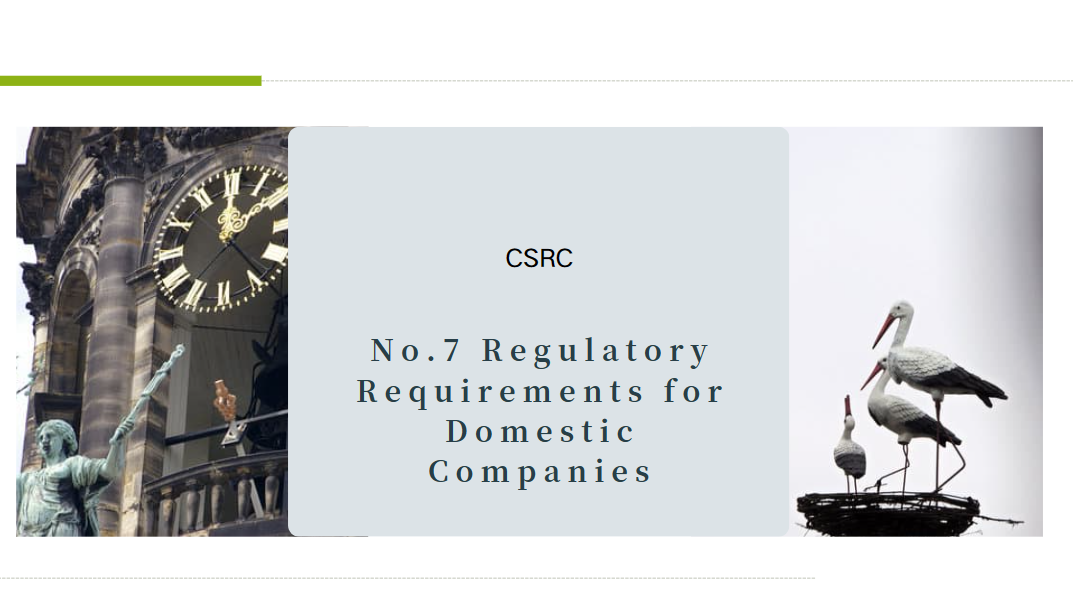PBOC Officials Answer Press Questions on the Guidelines on Financial Supporting for Green and Low-carbon Development
To implement the major decisions and arrangements made by the Communist Party of China (CPC) Central Committee and the State Council on peaking carbon emissions and achieving carbon neutrality, and to make significant efforts in green finance, recently, the People’s Bank of China (PBOC), together with the National Development and Reform Commission (NDRC), the Ministry of Industry and Information Technology (MIIT), the Ministry of Finance (MOF), the Ministry of Ecology and Environment (MEE), the National Financial Regulatory Administration (NFRA) and the China Securities Regulatory Commission (CSRC), jointly issued the Guidelines on Financial Supporting for Green and Low-carbon Development (hereinafter referred to as the Guidelines). Officials from the PBOC answered press questions on the Guidelines.
Q: What are the general ideas and main objectives of the Guidelines?
A: Under the guidance of Xi Jinping Thought on Socialism with Chinese Characteristics for a New Era, the Guidelines fully implement the requirements of the 20th CPC National Congress, the Central Economic Work Conference, and the Central Financial Work Conference, aiming to further step up financial support for green and low-carbon development. Unswervingly following the high-quality development path that prioritizes ecological protection, emphasizes conservation and efficient use of resources, and adopts a green and low-carbon mode, the Guidelines adhere to the working principles featuring coordinated development and security, well-aligned long-term and current goals, compatible incentives and constraints, high-standard promotion and high-level cooperation.
The main objectives of the Guidelines are that China will basically build a world-leading financial support system for green and low-carbon development in the next five years. As of 2035, coordinated and effective economic and financial policies on green and low-carbon development will have been implemented, with the standard system and policy system of financial support more mature, resources better allocated, the role of risk management and market pricing put into full play.
Q: What measures have been taken in the Guidelines to optimize the green finance standard system and strengthen information disclosure?
A: The first is to gradually promote carbon accounting in the financial system, establish sound carbon accounting methods and databases for financial institutions, formulate and introduce unified carbon accounting standards for financial institutions and financial businesses, and encourage financial institutions and enterprises to utilize big data, fintech and other technical means to provide targeted support for carbon accounting. The second is to formulate a unified standard system for green finance, and accelerate the research and development of standards for transition finance. The third is to guide financial institutions and financing entities to carry out environmental information disclosure, explore and establish an environmental information disclosure system covering different types of financial institutions in a step-by-step and categorized manner, formulate and improve information disclosure guidelines for listed companies on sustainable development, and perfect the information disclosure framework for carbon emissions. The fourth is to continuously upgrade the quality of environmental information disclosure and assessment, so as to promote cross-departmental, multi-dimensional, and high-value green data exchange.
Q: From which aspects will the Guidelines promote the development of green financial products and markets?
A: The first is to expedite the establishment of a carbon emissions trading market, study and enrich financial products and trading methods linked to carbon emissions, and gradually expand the scope of trading entities suitable for the development of China’s carbon market. The second is to encourage financial institutions to employ green finance or transition finance standards to increase credit support for the green development and low-carbon transition in energy, industry, transportation, construction and other fields in compliance with laws and regulations, on the premise that the risks are controllable and in line with the principle of commercial sustainability. The third is to further intensify the capital market’s support for green and low-carbon development, support the listing of eligible enterprises at home and abroad for financing or refinancing, raise funds for the construction and operation of green and low-carbon projects, and standardize the issuance of green bonds as well as green equity investment and financing. The fourth is to vigorously develop green insurance and services, and improve the insurance protection system for major risks related to climate change. The fifth is to attract more green financial market participants.
Q: What measures have been put forward in the Guidelines with regard to enhancing policy coordination and institutional support?
A: The first is to improve laws and regulations, give play to the role of the rule of law in securing the foundation, stabilizing expectations, and bringing long-term benefits, and advance legislation in green finance. The second is to enhance green finance assessment and evaluation mechanisms for financial institutions, so as to intensify the evaluation and assessment of financial institutions’ green finance business and capabilities. The third is to enrich relevant monetary policy tools and make good use of the carbon emission reduction facility (CERF). The fourth is to incorporate the carbon emission reduction information of high-emission industries and projects into the project credit evaluation and credit system, thereby promoting the green and low-carbon transition and digital and intelligent upgrading of high-emission industries. The fifth is to deepen regional reform of green finance by exploring the development and reform path of green finance with regional characteristics in a steady and orderly manner. The sixth is to further support green development in major national and regional strategies.
Q: How to strengthen prudential management and risk prevention related to climate change?
A: The first is to enhance prudential management by gradually incorporating climate change-related risks into the macro-prudential policy framework, and studying and improving risk regulatory indicators and assessment methods. The second is to strengthen the capability of financial institutions to respond to risks. Work will be done to urge financial institutions to incorporate climate change-related risks into their risk-control systems and corporate governance frameworks, encourage insurance institutions to establish climate change-related risk assessment and prediction models, and use big data and other technical means to conduct climate disaster risk analysis. The third is to step up the behavioral and functional regulation of green finance, thus improving the capabilities of early identification, warning and resolution of risks.
Guidelines on Financial Supporting for Green and Low-carbon Development.pdf






















































First, please LoginComment After ~